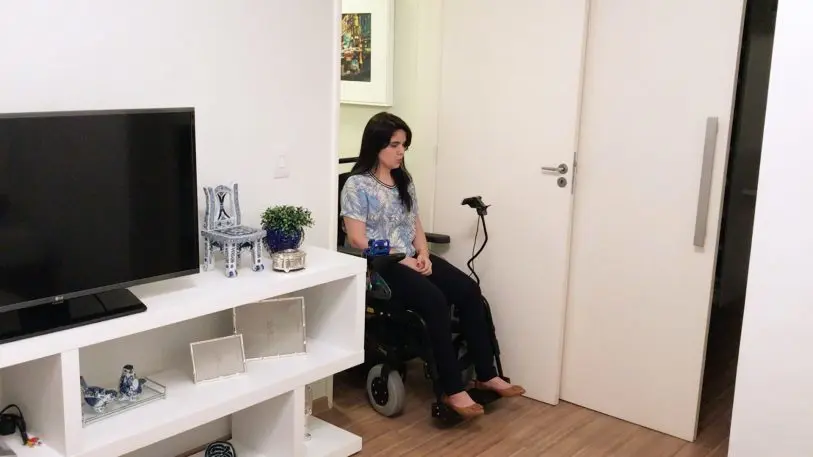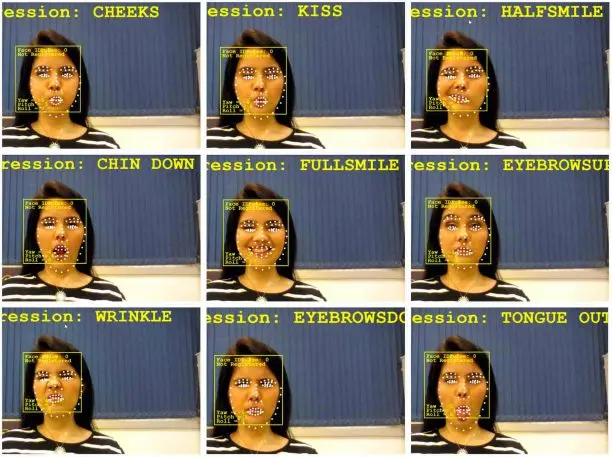Simply getting around can be a challenge for the roughly 288,000 people in the United States who are living with spinal cord injuries as a result of car accidents, falls, or gunshot wounds–and 18,000 new people are affected each year. Motorized wheelchairs help, but only to a point: Not everyone can easily handle the controls.
But the Wheelie 7, a new adapter kit that can be plugged into any motorized chair, aims to change that by using the controller’s smile–or wink, or even eyebrow raise.
The breakthrough comes from Hoobox Robotics, a company that uses facial recognition and artificial intelligence to improve human well-being. In this case, much of the underlying technology comes from a partnership with Intel’s AI for Good division, which provides expertise and various kinds of hardware and software to humanity-improving efforts.
That includes an Intel RealSense computer vision camera to capture and 3D-map different facial expressions, and an onboard mini-computer with Intel Core processors to help the device interpret incoming signals quickly. The entire process happens in near real time–there’s less than a 100-millisecond delay—thanks to Intel’s OpenVINO (aka Visual Inference & Neural Network Optimization) toolkit.

The Wheelie 7 requires at least five different face moves to work. Each is associated with a different directional command (forward, back, left, right, or stop). But it can track up to 10 different expressions, including nose wrinkles, eyebrow raises or furrows, and partial smiles so different people can use whatever feels most comfortable.
“We have mixed a creative idea with the right hardware and the right AI platform, so that when we put it together, we can make this great tool for giving autonomy and mobility back to the users,” says Hoobox CEO and cofounder Paulo Gurgel Pinheiro, who came up with the concept several years ago after someone in a wheelchair flashed him a particularly memorable smile at an airport.

Wheelie 7’s name refers to the kit’s setup time: It takes about seven minutes to attach and deploy. Unlike some other high-tech solutions for quadriplegics or people with severe motion limitations, it doesn’t include anything physically intrusive like specialized body sensors. The company is currently testing prototypes with about 60 users, each of whom is spending average of four hours per day in transit. So far, Intel says its camera is proving effective in both direct sunlight and in nearly dark spots like movie theaters.
Wheelie 7 units will be commercially available in March for a subscription fee of $300 per month. The first batch will be 400 kits, many of which are already reserved.
“One of the things that we really want to do in this project and other projects is help empower companies like Hoobox who use or modify the existing hardware and software capabilities to improve the well-being of people and the planet,” says Anna Bethke, the head of Intel AI for Good, who adds that this can range from growing vegetables with fewer resources to preserving the Great Wall of China. “It’s just very interesting to see what solutions people can come up with. We continue to strive to connect groups to the AI technology that they require.”
Recognize your brand’s excellence by applying to this year’s Brands That Matter Awards before the early-rate deadline, May 3.